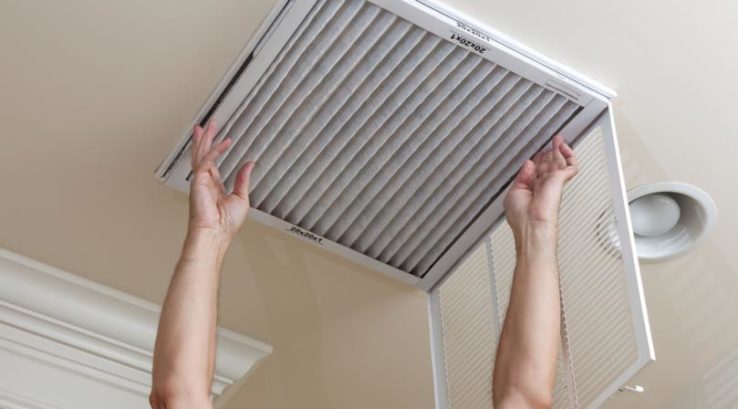
MERV is an abbreviation for Minimum Efficiency Reporting Value. The MERV rating of furnace air filter indicates how well it catches microscopic particles that you don’t want to escape into your home, such as dust, pollen, mold, and other irritants. The MERV rating of a filter determines how effective it is in trapping airborne particles. The greater the MERV rating, the better. It represents the lowest potential performance of any filter.
How Does the MERV Scale Work?
The scale ranges from 1 to 16, with 1 indicating a filter’s capacity to capture particles between 0.3 and 10 microns. A higher MERV grade means a higher percentage of particles captured on each pass. This value is useful for selecting dust collector filters with the necessary starting filtration efficiency, but it doesn’t tell you anything about how the filters or the collector as a system will function.
Why aren’t MERV ratings helpful when it comes to selecting dust collector filters?
It’s not very practical because MERV ratings only apply to new filters and their initial filtering level in a static environment. Dust collectors and their filters, on the other hand, regulate emissions over time in a dynamic system.
The Advantage of Using Filters with the Highest MERV ratings:
The MERV rating is calculable through the comparison of the filter’s efficiency to the particle size it can trap. While higher MERV ratings are more efficient, household filters should have a MERV rating of between MERV 7 and MERV 13. Most of the airborne pollutants present in residential units are vulnerable to a MERV 7 or MERV 13 air filter. Reach out to the experts for furnace repair in Queens.
What MERV Rating can your HVAC handle?
Because it is the most effective at keeping your home’s air clean and pure, the EPA recommends MERV values of 9-12. Particulates as fine as 1 micron will not enter your HVAC system if you use a filter with this grade. This level is considered HEPA (high-efficiency particulate absorption).
Why is it necessary for a MERV rating to include the air velocity through the filter?
The reason an MERV specifies the air velocity through the filter is because the filter efficiency decreases as the velocity increases.
MERV Ratings Breakdown:
MERV 6-8
The cheapest furnace filters are those with MERV ratings of 6-8, which are considered the basic minimum of efficiency. MERV 6-8 filters keep your HVAC system safe, but they aren’t the best at capturing huge amounts of airborne particles. For better performance of your furnace, seek out services for furnace repair in Manhattan.
MERV 8-10
Comparatively affordable, these air filters are ideal for residential homes. Minimum Efficiency Reporting Value 8-10 filters can trap more of the large particles and at least half of the smaller particles like pollen, mold, and mildew spores.
MERV 11-13
MERV 11-13 air filters are a suitable middle ground between cheap and expensive air filters. They can collect almost all of the larger particles, alongside most of the smaller ones.
MERV 13
The finest air filters for household HVAC systems are MERV 13 air filters. MERV 13 air filters are routinely applicable in schools to create clean learning environments for students and staff.
MERV 14 and higher
These air filters are quite efficient; however, they are not recommended for use in homes. They are massive and bulky, primarily designed for heavy duty filtration in hospitals and clinics.
It is highly advisable to seek out advice of the experts for the best filters. Search on Google with the keyword “furnace repair near me” for best results.

Simone Arnica is the certified and more than 35 years experienced HVAC expert from Arnica Heating and Air Conditioning Inc. suggesting maintenance tips for the HVAC system to protect it from early damage, unwanted maintenance cost and also to save on energy cost. Follow the blog to learn how it can be done easily.




Leave a Reply
You must be logged in to post a comment.